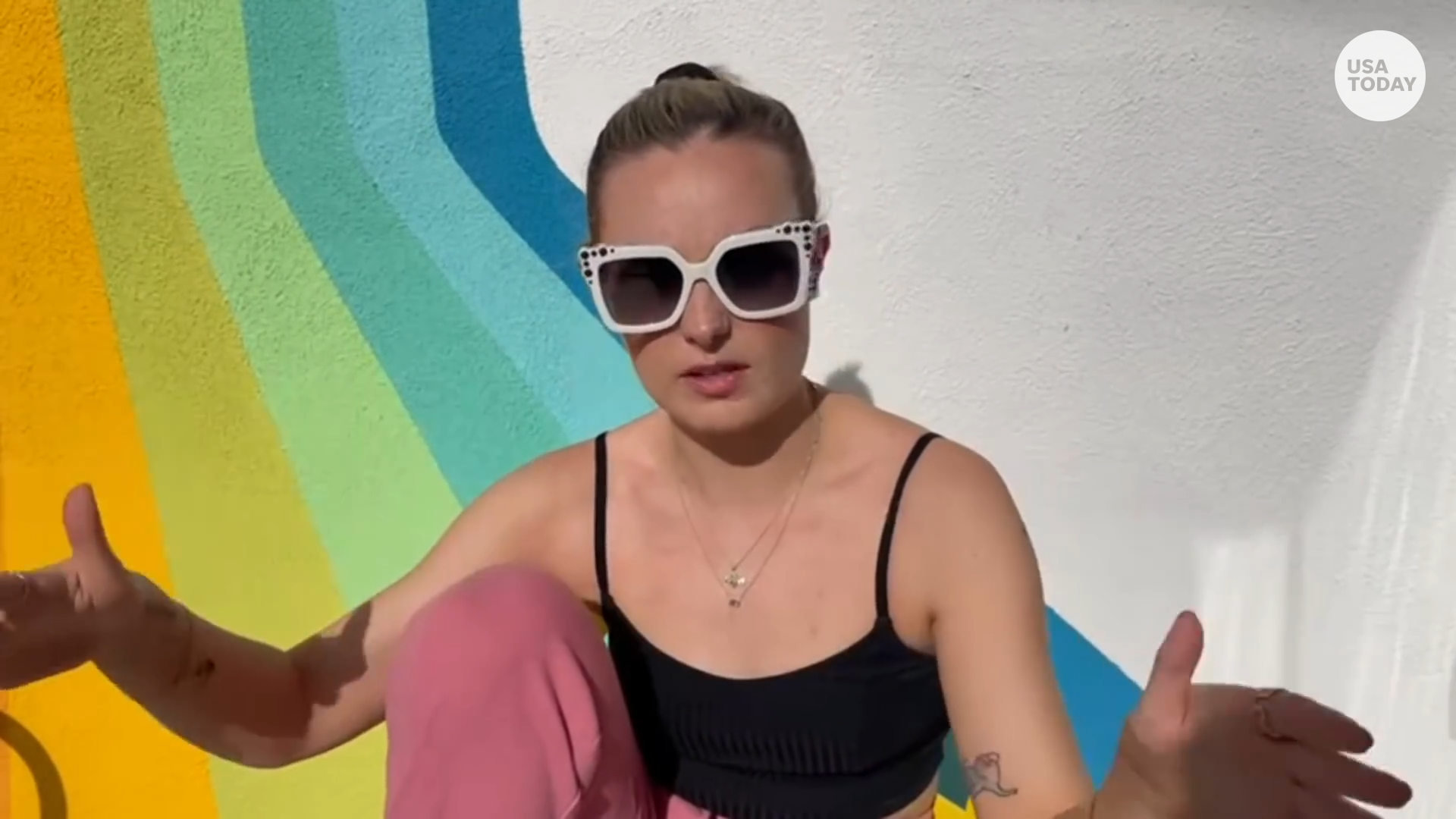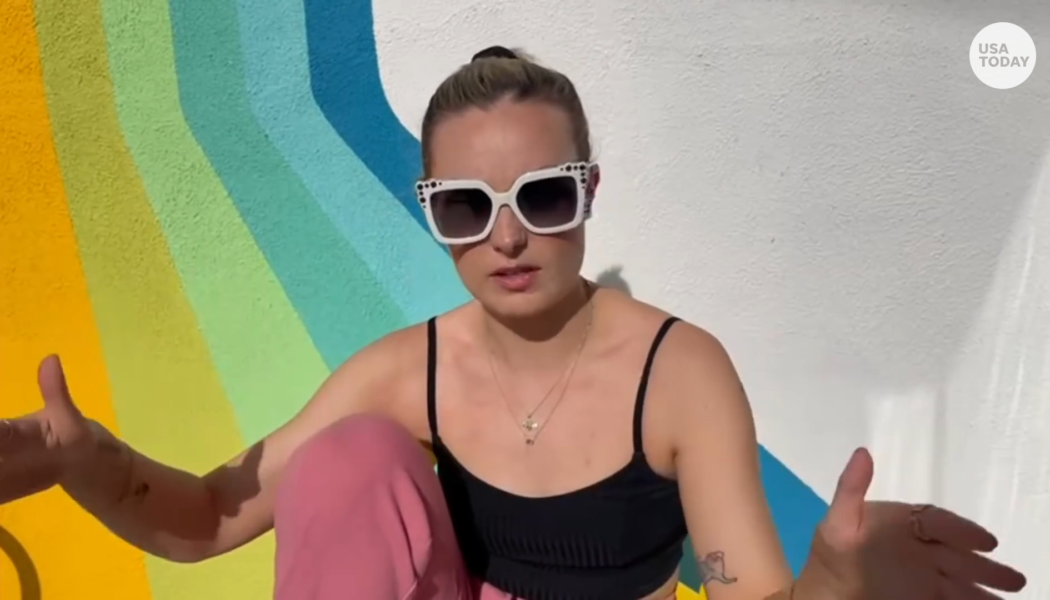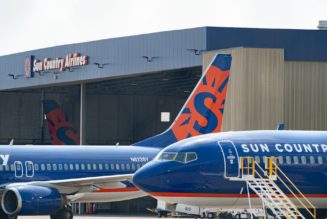
Influencer shows how she travels the world while legally blind
Molly Burke is legally blind and has had many hard times traveling through an airport.
Staff Video, USA TODAY
Amanda Parkman’s wheelchair suffered some cracks and a broken headlight cover after a trip earlier this month.
It was annoying, but it could have been much worse.
When the 36-year-old assistant professor at the University of Arizona traveled from Tucson, Arizona, to New Orleans on Feb. 2, she was prepared for possible complications. She was flying by herself, as she usually does, but as someone who relies on a wheelchair to get around, dealing with the vagaries of air travel can be frustrating, she told USA TODAY.
This time, she said, she got off relatively lucky. Although Parkman couldn’t speak to the ramp workers at the airport in Las Vegas where she was connecting before her chair was improperly loaded – on its side, from what she could see – the resulting damage was mostly cosmetic. A plastic cover on one of her headlamps was cracked and fell off in New Orleans, and another piece that covers some of the chair’s mechanisms was also cracked at some point along her journey. She returned to Tucson via Houston on Feb. 13.
Stuck: Imagine being ‘forgotten’ in an airport basement for hours. This traveler lived it.
‘If I can do this, I can do anything’: How this Tahoe nonprofit empowers travelers with disabilities
“Consistency across airports, it’s never the same,” she said, referring to the way disabled passengers are communicated with and treated by airlines and airports around the world.
Parkman has osteogenesis imperfecta, also known as brittle bones, and always has to ensure airline and airport employees understand how to handle her wheelchair. She almost always tries to speak to the ramp supervisor before her chair is loaded on the plane and provides written instructions with photos on how to load and store it, with varying results on every trip.
“I got lucky this time that it was usable, but there have been situations where it wasn’t,” she said. “(The airlines) don’t understand we rely on the way a wheelchair is designed for our independence.”
She reached out to Southwest Airlines after noticing the damage and said she’s still waiting to hear back about how the issue will be addressed. She expects the airline will cover the costs of the repairs her chair needs as they’re required to do by federal regulation, but said carriers across the board need to do better in handling mobility devices because mobility device issues are all too common.
“Airlines haven’t thought through what they’d do if they damage a wheelchair and a person is by themselves,” she said. “I am able to live independently as long as my wheelchair is in working condition.”
Southwest Airlines told USA TODAY it typically works with customers directly to resolve mobility device issues.
In previous incidents with other airlines, Parkman said her wheelchair has been rendered unusable. This is her first incident in 2023.
“The thing that I really want to see is that airlines really start taking this serious,” she said. “They just treat it as luggage, they treat it as an item that they don’t really need to think about what they’re doing.”
While cosmetic repairs can happen fairly quickly, getting a full chair replaced can take months in the event of major damage, Parkman said.
How common is mobility device damage in air travel?
According to the Department of Transportation, airlines “mishandle” on average about 1.5% of the mobility devices they transport.
This year, USA TODAY wants to highlight what those figures mean for travelers with disabilities. We’re looking to track these incidents throughout 2023 with the goal of bringing light to an all-too-common issue.
If your own mobility device was damaged or lost by an airline this year, please share your story with us using the form below:








